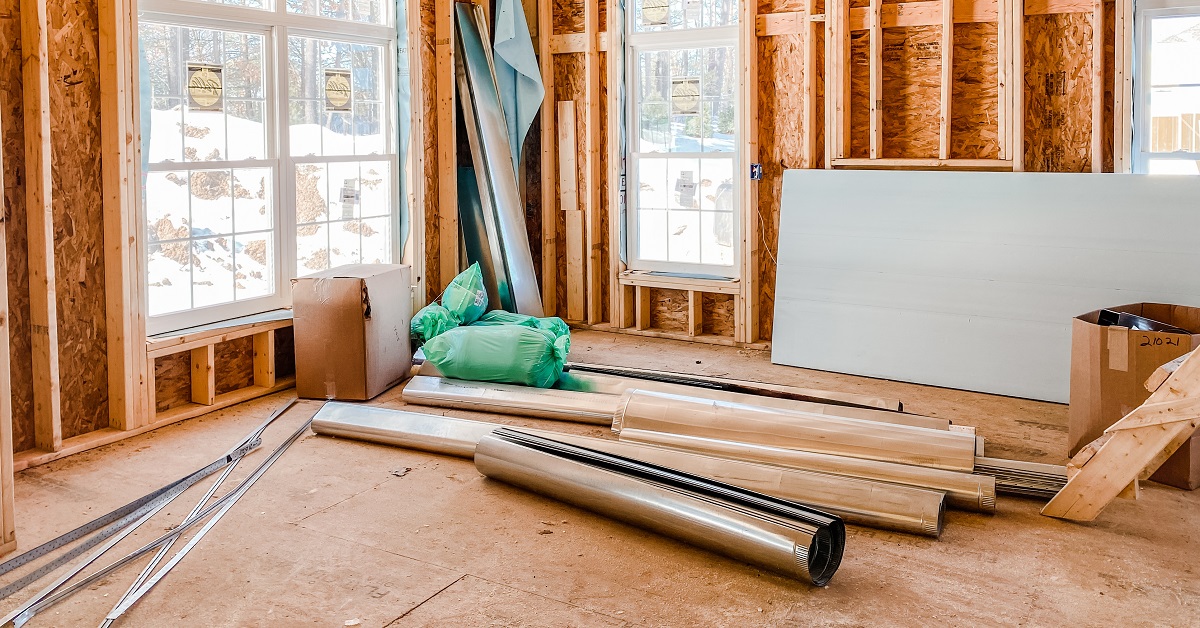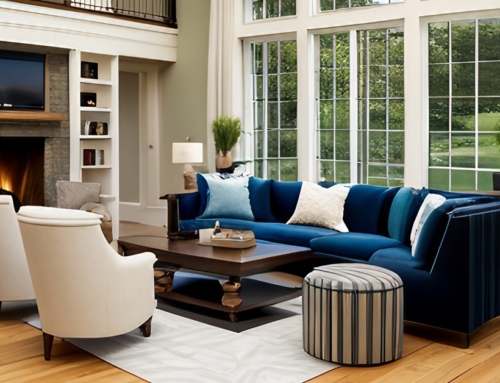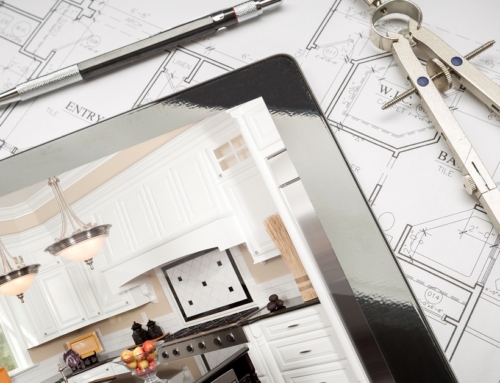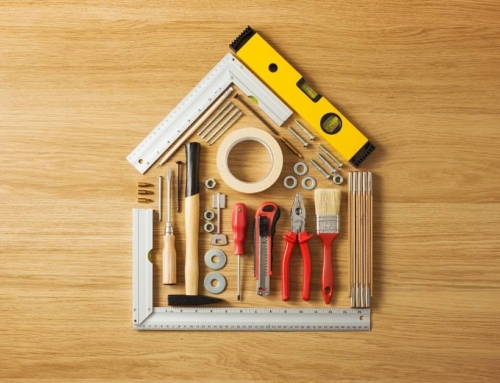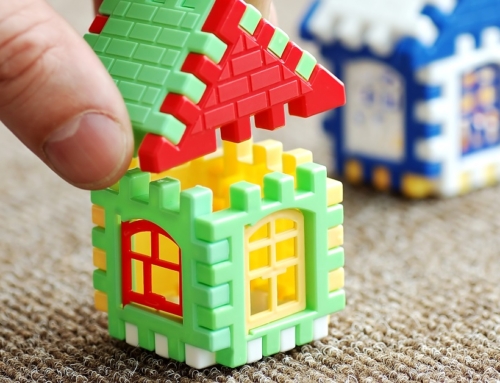The Construction Process
In Part 1 of this series, we provided you tips for selecting a lender, identifying your needs, and the importance of being clear about what you want. In Part 2, we offered advice for selecting a custom homebuilding, which included such practical tips as looking for experience, asking lots of questions (we even provided a list), and touring previously built homes and current home sites.
Now, in Part 3, we discuss the construction process, so that you are fully prepared for the exciting – and sometimes frustrating – journey ahead.
1. Delays Happen
Everyone knows that building a home takes time. While homebuilders will provide you the average time it takes to build a house to your specifications, this schedule rarely includes the kinds of delays that commonly happen during construction. Something as simple as a supply chain problem might cause major delays for your home. It’s always smart to find out the worst-case scenario when it comes to having a home custom-built.
2. Unexpected Costs
Even the best-laid house plans face unexpected costs. Before beginning construction, talk with your architect and builder about what can come up and how much to budget for unforeseen costs.
In addition, it’s always prudent to have a contingency fund either included in the builder’s bid or your own overall budget. The amount of the contingency fund varies depending on each project, but as a rule, plan for a minimum of 10% of your overall construction budget. If possible, 20% is ideal.
A terrific way to get ahead of these unexpected hassles is to be in constant communication with your homebuilder, always ask for next steps, and do regular walk-throughs with them. You can’t entirely avoid extra costs, but together you and your builder can minimize them.
Building a custom home won’t be without its challenges but being aware of the most common problems goes a long way in avoiding them. More important, choose an experienced custom homebuilder who you know will always be one step ahead of any possible issue so that you don’t have to be.
3. Your Walk-Through
Usually about a week before your scheduled closing, you’ll do a pre-occupancy walk-through with your builder. If you want to get a third-party inspection for an extra set of eyes on your nearly finished home, it’s best to arrange one just prior to the pre-occupancy orientation so you can go over the list with your builder.
During your walk-through, your builder will point out small items that still need attention, such as paint touchups, flipping hinges on cabinet doors, etc. These items should be provided in writing because you’ll sign off on them just prior to closing. You should also receive a detailed tour of your soon-to-be home, where you learn about the home’s water cutoffs, both inside and out, dryer vents, HVAC system, etc.
It’s important to take notes (and ask questions) during this walk-through, which can take about two hours, as you’ll cover a lot of material, including warranty information.
4. You Can Request a Pre-Move-In Inspection
Getting an inspection done is always an important part of buying a home. It is, however, one that is typically overlooked by buyers of new construction. It’s just as possible for a new home to have problems as an older home, with the added danger that no one has had to live in the house to determine how these problems will impact one’s living situation. It’s vital that you have an inspection done before you move in so that the builder can address any issues. Many homebuilders will agree to fix problems that occur before move-in, which makes a pre-move-in inspection that much more important.
5. The Closing
For most homebuyers, closing is one of the most nerve-wracking parts of the process. You cross your fingers and hope nothing goes wrong with the loan. The best thing you can do is make sure your loan documents are in order ahead of time, as well as have a cashier’s check ready for the amount you owe at closing. If you are working with a real estate agent, he or she can help you navigate the paperwork and terminology, as well as accompany you at your closing.
Our Pledge to You
Winslow Custom Homes makes the process of building your dream home as enjoyable, simple, and hassle-free as possible.
The experience of building a custom home is as important as the home itself, which is why we focus as much on the process as we do on the outcome. Yes, you want your dream home to be your dream home, but you also want the process of building it to be enjoyable and stress-free.
We are committed to providing you with exemplary client service, personal relationships, extraordinary communication, and an ever-expanding array of options for your new home.
So, here’s our pledge to you:
- We’ll help you build your dream home by crafting a collaborative client relationship that will be worth remembering.
- We’ll carefully listen to your wants and needs, provide options, and communicate with you every step of the way.
- We won’t limit you to a narrow choice of products and will work tirelessly to offer options that meet your budget and style.
- We will allow – and even want – you to be part of the creative process.
- We will design and build a better home with less stress and anxiety – together, with you.
Welcome to Winslow Custom Homes, where we build beautiful homes through beautiful experiences.


